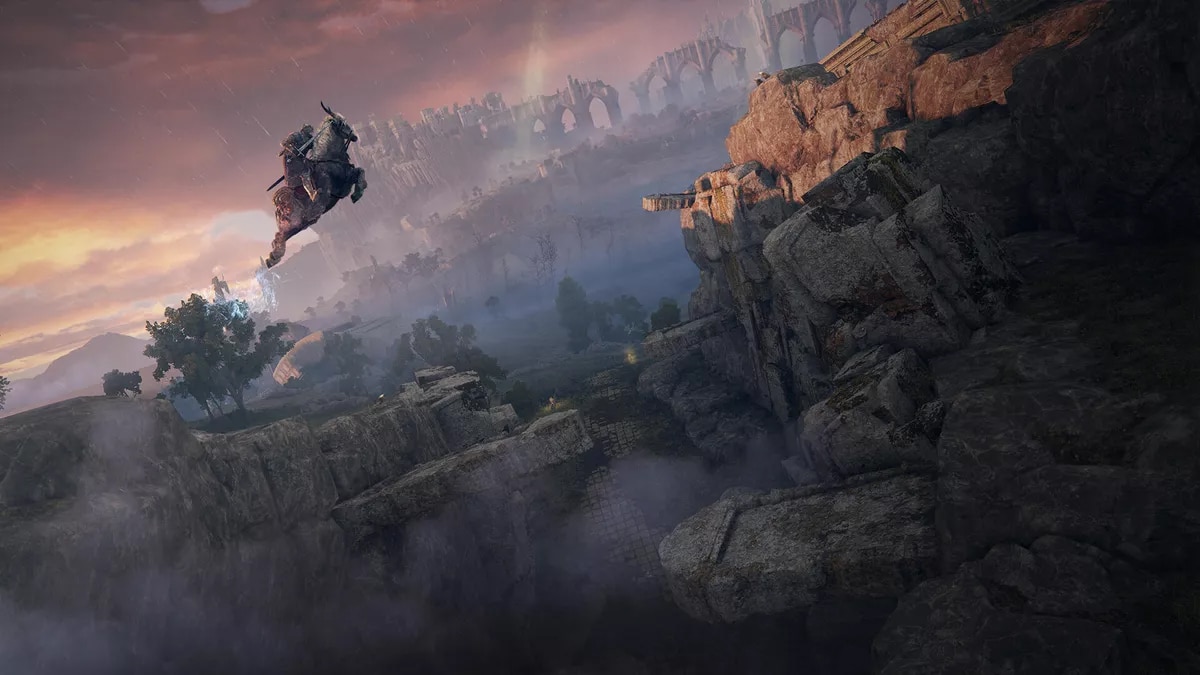With Star Wars: The Phantom Menace celebrating its 25 anniversary this year, many fans and critics have been busy reappraising the film’s legacy. But that probably doesn’t include proponents of the Star Wars Machete Order.
Related: Star Wars: How Old Is Darth Maul in The Phantom Menace?
Devised by self-described movie geek Rod Hilton, the Machete Order is a popular alternate viewing order for watching the first six Star Wars movies. Rather than arranging the films in chronological or release order, Hilton’s radical approach does a bit of both. 1977’s A New Hope comes first, followed by 1980’s The Empire Strikes Back. Next, you jump forward (or backward) to 2002’s Attack of the Clones and 2005’s Revenge of the Sith. Finally, the Machete Order wraps up with 1983’s Return of the Jedi.
What about The Phantom Menace? In keeping with its name, the Machete Order gives the first Star Wars prequel the chop. To his credit, Hilton lays out a convincing argument for this omission. Yet by scrapping The Phantom Menace, the Machete Order doesn’t just do that flick dirty – it hurts the overall Star Wars viewing experience, as well.
The Machete Order Makes Some Good Points About The Phantom Menace
Like I said earlier, Hilton’s Machete Order blog post argues pretty persuasively that The Phantom Menace is surplus to requirements. Heck, his criticisms of the film align with many of my own. Chiefly, Hilton is bang on when he takes The Phantom Menace to task for kicking off its story (and by extension, the wider Star Wars saga) too early in the game.
A key quality of the original Star Wars trilogy is that it starts in media res, which is a fancy way of saying once all the boring stuff is out of the way. As the fourth chronological Star Wars installment, A New Hope dives straight into the juicy stuff. By contrast, The Phantom Menace does the opposite. Indeed, it takes a whole movie before Obi-Wan Kenobi takes on Anakin Skywalker as his apprentice. The legendary Clone Wars aren’t even on the horizon yet, either.
Related: What Eventually Happened to Jar Jar Binks in Star Wars?
As a result, a lot of what happens in The Phantom Menace – Queen Amidala’s conflict with the Trade Federation, Anakin’s hijinks on Tatooine, and pretty much everything Qui-Gon Jinn does – seems superfluous in the wider scheme of things. Plus, all the key information in The Phantom Menace is later recapped via dialogue in Attack of the Clones and Revenge of the Sith.
So, Hilton isn’t wrong when he says that from a purely narrative point of view, you can skip over The Phantom Menace and still follow along. And if (like him) you’re more invested in Luke Skywalker’s story than Anakin’s, this is almost certainly the way to go. But just know that by doing so, you’re missing out on the Star Wars saga’s bigger picture.
Why It’s Wrong to Skip The Phantom Menace
While The Phantom Menace picks up with many of its characters too early, Star Wars creator George Lucas made the right call regarding the film’s setting. Sure, it would’ve been nice to have the Clone Wars a little closer to breaking out in The Phantom Menace, however, it’s far more important that we see the Galactic Republic during peacetime, at the end of its heyday.
After all, how can we fully appreciate just how bad life under the Empire is in the original Star Wars trilogy if we never experience how good it was before? By the time Attack of the Clones and Revenge of the Sith roll around, the Republic is visibly disintegrating. But in The Phantom Menace, it’s still a functioning – if imperfect – democracy. Both contextually and thematically, this distinction matters.
Related: A Key Star Wars: The Phantom Menace Character Met a Sad, Strange Fate After the Film
The same goes for the whole “Naboo trade dispute” piece of The Phantom Menace puzzle. Is it as sexy as the Rebellion versus the Empire or even the Republic versus the Separatists? Not in the slightest. Yet it subtly reinforces the idea that the current world order is breaking apart. You get a sense of this in the other two prequels, but Lucas really wanted to hammer home that massive societal change often sweeps in on the back of banal political and corporate maneuvering. Without The Phantom Menace, this point gets slightly lost.
So too does the full scope of Emperor Palpatine’s scheming. While most of the above applies largely to themes and context, here, we’re talking about a major downgrade in the quality of the overarching antagonist’s arc. Yes, we get examples of Palpatine’s knack for long-range strategy in the other Star Wars films, however, The Phantom Menace sees his evil genius in full flight. He goes from senator of a backwater world to the top job in the galaxy off the back of a no-lose play! It’s low-key chilling.
In short: The Phantom Menace isn’t quite as redundant as it seems.
Where Could The Phantom Menace Fit in The Star Wars Machete Order?

So, does this mean I’m against the Star Wars Machete Order? Not at all. While my personal preference is to watch the franchise’s first six installments in release order, I think the Machete Order is a worthwhile exercise; I just want to keep The Phantom Menace in the mix. But if that’s the case, where in the viewing order should it go?
Related: Star Wars: How Old Is Padmé Amidala in The Phantom Menace?
You could slot The Phantom Menace at the front, however, that breaks the extended flashback effect Hilton is shooting for with the Machete Order. Besides, there’s vital information in A New Hope (including an actual definition of the Force) that’s not in The Phantom Menace that you need to know from the jump. There’s also no real value in putting The Phantom Menace between A New Hope and The Empire Strikes Back, as Anakin’s true importance isn’t really apparent without the latter’s big, climactic reveal.
Given all that – combined with the pointlessness of screening The Phantom Menace after either the other prequels or Return of the Jedi – its best position in the Machete Order is therefore after The Empire Strikes Back. Is this a perfect solution? Nope. But then neither is leaving The Phantom Menace out of Star Wars altogether.
Star Wars: The Phantom Menace is currently streaming on Disney+, as part of the platform’s Star Wars collection.





